Tag: Parrott Rifle gun
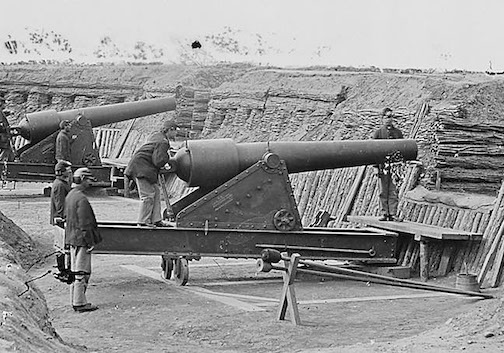 Wikipedia says: The Parrott rifle was a type of muzzle-loading rifled artillery weapon used extensively in the American Civil War.
Wikipedia says: The Parrott rifle was a type of muzzle-loading rifled artillery weapon used extensively in the American Civil War.
The gun was invented by Captain Robert Parker Parrott, a West Point graduate. He was an American soldier and inventor of military ordnance. He resigned from the service in 1836 and became the superintendent of the West Point Foundry in Cold Spring, New York. He created the first Parrott rifle (and corresponding projectile) in 1860 and patented it in 1861.
Parrotts were manufactured with a combination of cast and wrought iron. The cast iron made for an accurate gun, but was brittle enough to suffer fractures. Hence, a large wrought iron reinforcing band was overlaid on the breech to give it additional strength. There were prior cannons designed this way, but the method of securing this band was the innovation that allowed the Parrott to overcome the deficiencies of these earlier models. It was applied to the gun red-hot and then the gun was turned while pouring water down the muzzle, allowing the band to attach uniformly. By the end of the Civil War, both sides were using this type of gun extensively.
Parrott rifles were manufactured in different sizes, from the 10-pounder Parrott rifle up to the rare 300-pounder. In the field, the 10- and 20-pounders were used by both armies. The 20-pounder Parrott rifle was the largest field gun used during the war, with the barrel alone weighing over 1,800 pounds. The smaller size was much more prevalent; it came in two bore sizes: 2.9 inch (74 mm) and 3.0-in (76 mm). Confederate forces used both bore sizes during the war, which added to the complication of supplying the appropriate ammunition to its batteries. Until 1864, Union batteries used only the 2.9-in. The M1863, with a 3-in bore, had firing characteristics similar to the earlier model; it can be recognized by its straight barrel, without muzzle-swell. Its range was up to 2,000 yards (1,800 m) with a trained crew.
Naval versions of the 20-, 30-, 60-, and 100-pound Parrotts were also used by the Union navy. The 100-pound naval Parrott could achieve a range of 6,900 yards (6,300 meters) at an elevation of 25 degrees, or fire an 80-pound shell 7,810 yards (7,140 m) at 30 degrees elevation.
Although accurate, as well as being cheaper and easier to make than most rifled artillery guns, the Parrott had a poor reputation for safety and they were shunned by many artillerists. At the end of 1862, Henry J. Hunt attempted to get the Parrott eliminated from the Army of the Potomac’s inventory, preferring the 3-inch Ordnance rifle. When the Parrott gun burst in battle, artillerists would chip out the jagged parts and continue firing.
The gun tubes made by Parrott’s foundry are identifiable by the letters WPF (West Point Foundry), along with a date stamp between 1860 and 1889, found on the front face of the gun tube.
The larger sizes of Parrott rifles (100-pdr and up) were deployed in coast defense from circa 1863 to circa 1900, when they were replaced by Endicott period forts and weapons. Along with Rodman guns, some were deployed shortly after the outbreak of the Spanish–American War in 1898 as a stopgap; it was feared the Spanish fleet would bombard the US East Coast.
The 300-pound solution
By summer 1863, Union forces became frustrated by the heavily fortified Confederate position at Fort Sumter, and brought to bear the 10-inch (250 mm) Parrott, along with several smaller cannons. In all, two 80-pounder Whitworths, nine 100-pounder Parrotts, six 200-pounder Parrotts, and a 300-pounder Parrott were deployed. It was widely believed in the north that massive 10-in Parrott would finally break the previously impenetrable walls of the fort, which had become the symbol of stalwart steadfastness for the Confederacy.
The Washington Republican described the technical accomplishments of the 10-in Parrott:
The breaching power of the 10-inch 300-pounder Parrott rifled gun, now about to be used against the brick walls of Fort Sumter, will best be understood by comparing it with the ordinary 24-pounder siege gun, which was the largest gun used for breaching during the Italian War.
The 24-pounder round shot, which starts with a velocity of 1,625 feet per second, strikes an object at the distance of 3,500 yards, with a velocity of about 300 feet per second. The 10-in rifle 300-pound shot has an initial velocity of 1,111 feet, and has afterward a remaining velocity of 700 feet per second, at a distance of 3,500 yards.
From well-known mechanical laws, the resistance which these projectiles are capable of overcoming is equal to 33,750 pounds and 1,914,150 pounds, raised one foot in a second respectively. Making allowances for the differences of the diameters of these projectiles, it will be found that their penetrating power will be 1 to 19.6. The penetration of the 24-pounder shot at 3,500 yards, in brick work, is 62 [sic?] inches. The penetration of the 10-inch projectile will therefore be between six and seven feet into the same material.
To use a more familiar illustration, the power of the 10-in rifle shot at the distance of 3,500 yards, may be said to be equal to the united blows of 200 sledge hammers weighing 100 pounds each, falling from a height of ten feet and acting upon a drill ten inches in diameter.
— The Washington Republican, August 12, 1863
Swamp Angel
One of the most famous Parrott cannons was the Swamp Angel, an 8-inch (200 mm) gun used by federal Brigadier General Quincy Adams Gillmore to bombard Charleston, South Carolina. It was manned by the 11th Maine Volunteer Infantry Regiment.
On August 21, 1863 Gillmore sent Confederate general P. G. T. Beauregard an ultimatum to abandon heavily fortified positions at Morris Island or the city of Charleston would be shelled. When the positions were not evacuated within a few hours, Gillmore ordered the Parrott rifle to fire on the city. Between August 22 and August 23, the Swamp Angel fired on the city 36 times (the gun burst on the 36th round), using many incendiary shells which caused little damage and few casualties. The battle was made more famous by Herman Melville’s poem “The Swamp Angel”.
Showing 1–16 of 233 resultsSorted by latest
-
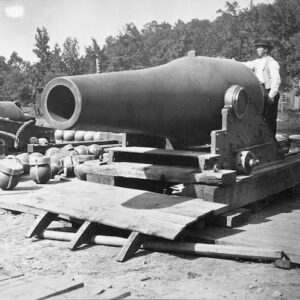
Image ID: AZOZ
$2.99 -
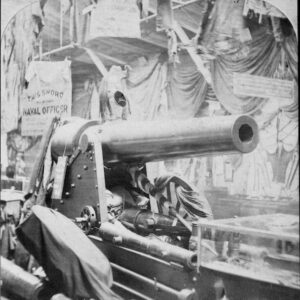
Image ID: AZMG
$0.99 -
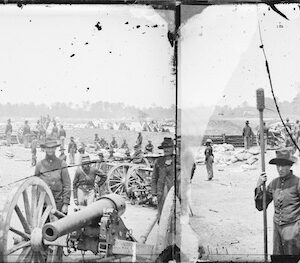
Image ID: 1ROU
$5.99 This product has multiple variants. The options may be chosen on the product page -
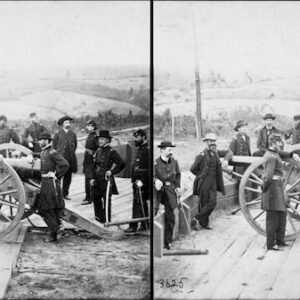
Image ID: 1LTE
$6.99 -
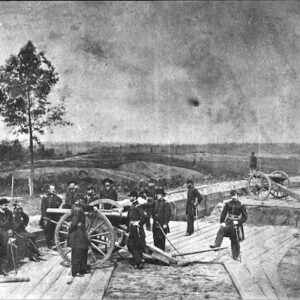
Image ID: AZFG
$0.99 -
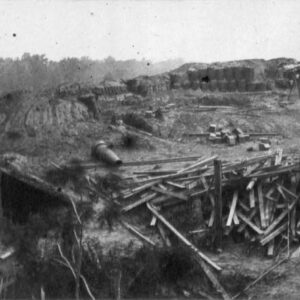
Image ID: AZDO
-
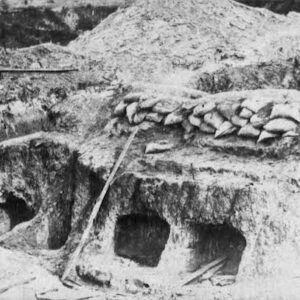
Image ID: AZDT
$0.99 -
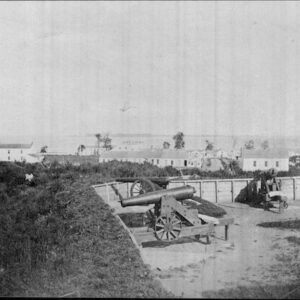
Image ID: AYZC
$0.99 -
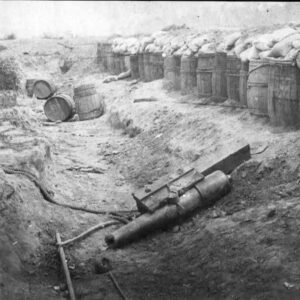
Image ID: AYUX
$0.99 -

Image ID: AYNW
$0.99 -

Image ID: AYGH
$0.99 -

Image ID: AYIZ
$0.99 -
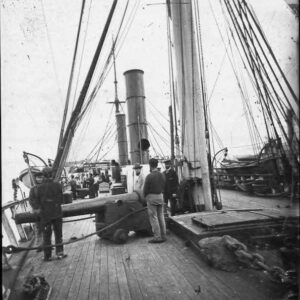
Image ID: AYKC
$0.99 -
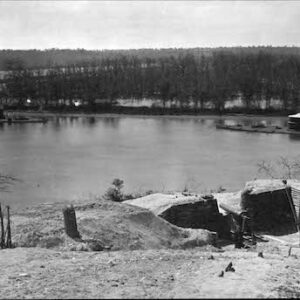
Image ID: AXXQ
$0.99 -
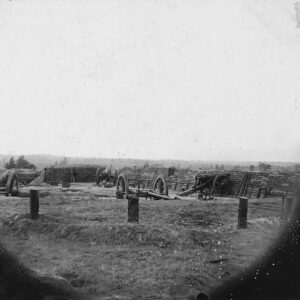
Image ID: AQIZ
$5.99 -
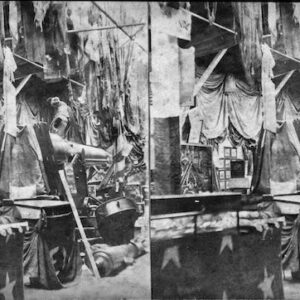
Image ID: ARYN
$5.99